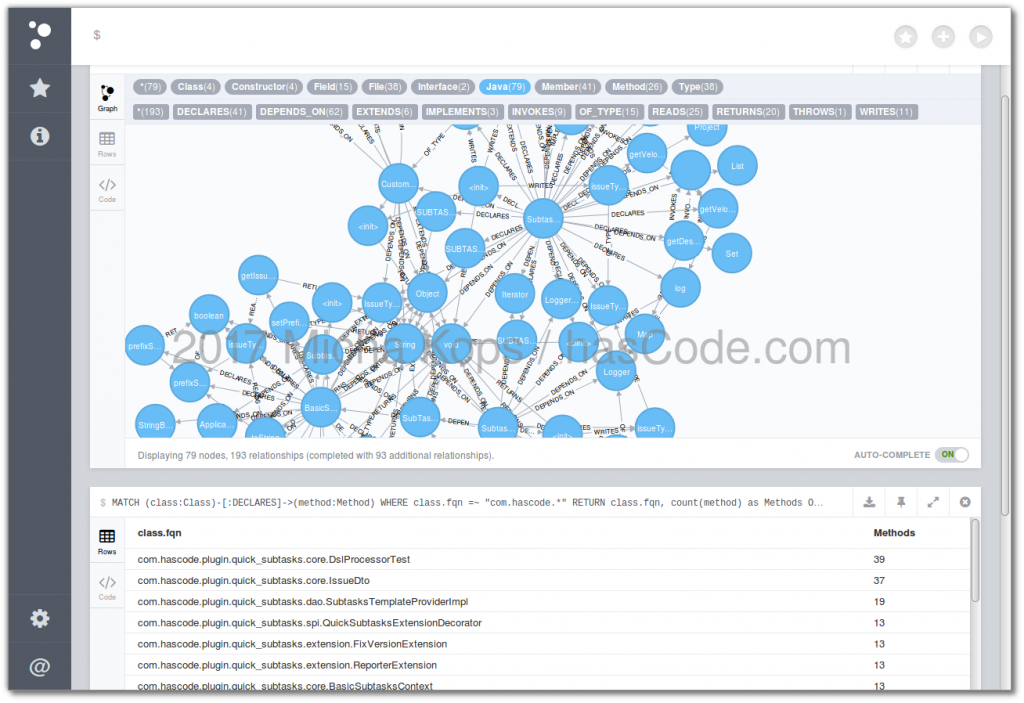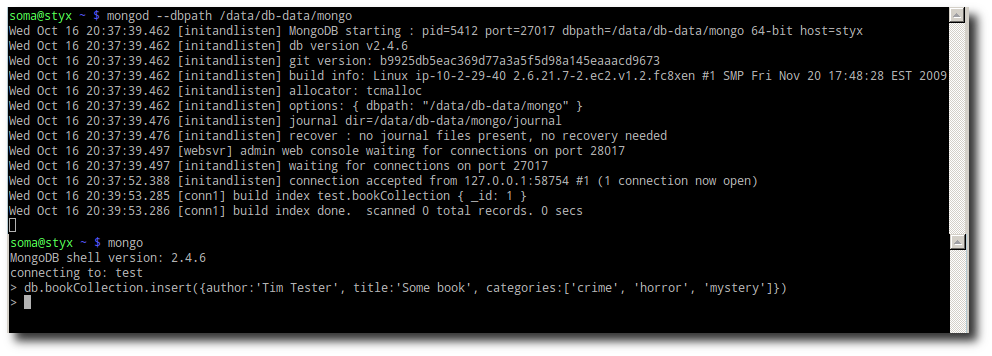
Implementing, Testing and Running Procedures for Neo4j
A lot of features are already included in the Neo4j graph database system but sometimes we want to extends its capabilities and implement functions and procedures by ourselves that we may reuse. In the following tutorial I will demonstrate how to implement a procedure for Neo4j, how to write and run tests using JUnit and an embedded graph database and last but not least how to setup Neo4j with Docker and our stored procedure installed in no time. ...





